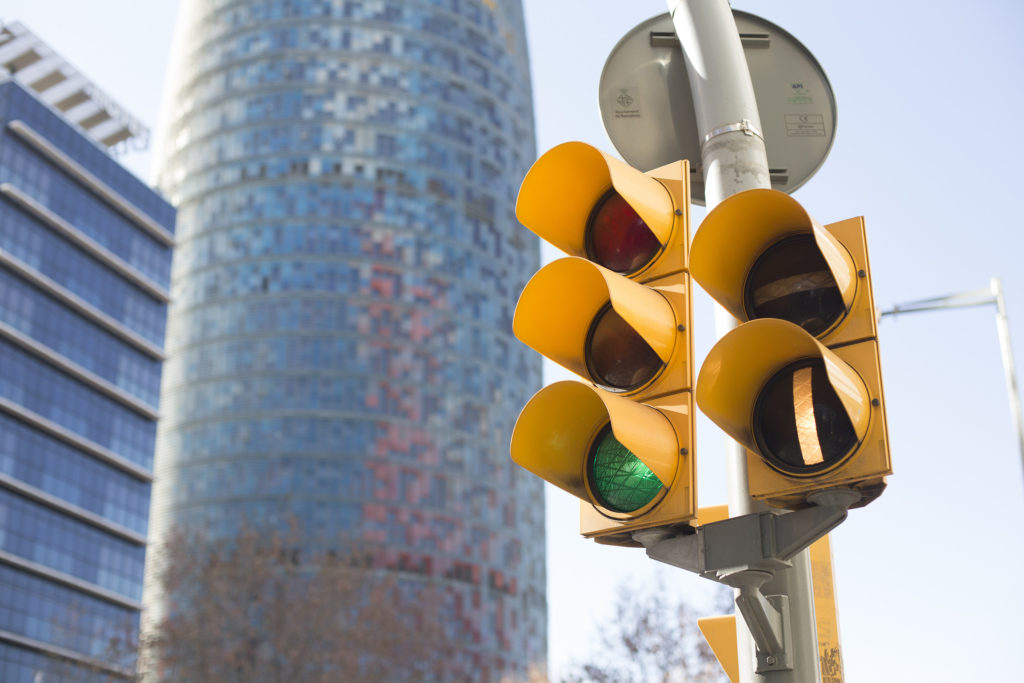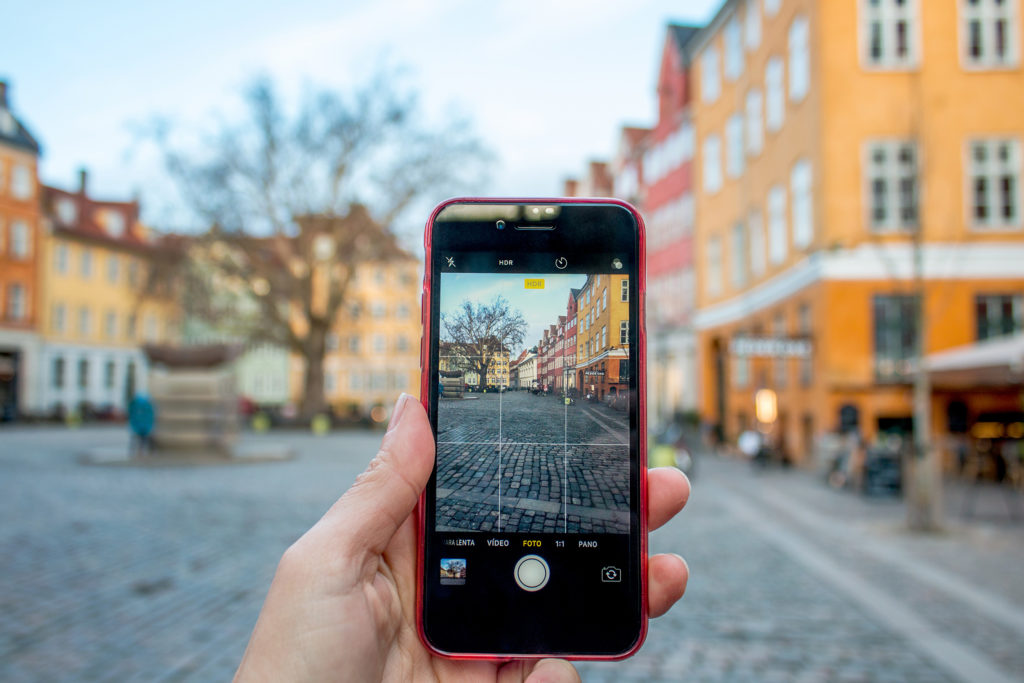OVERVIEW
Population growth, unchecked urban sprawl and the long-term
impacts of climate change are putting increased pressure on our cities. According
to the United Nations,
70 percent of the world’s population will live in cities by 2050 and more
than $90 trillion will need to be invested in infrastructure projects to
ensure sustainability.
Whether it’s “smart” building construction or mobility
solutions, such as self-driving technology or bike rentals, cities around the
world are piloting and implementing various technologies to improve the quality
of life for citizens and build more resilient cities.
Barcelona, for example, uses sensors to monitor and manage traffic to help motorists find open parking spots and provide “green light” routes for emergency vehicles.

Copenhagen’s Connecting Copenhagen plan relies on data from cellphones, GPS systems on city buses and sensors in sewers and garbage cans to create a greener city.

And Singapore, which aims to be the world’s first fully smart city, recently began testing parking sensor technology as part of its Smart Nation initiative.

Just how smart could tomorrow’s cities get – and what are the benefits and risks involved?
IN DEPTH
The smart-city concept is based on the idea of connecting
everything. This involves linking a city’s physical assets – such as buildings,
roads, public transit systems and even private cars – with the people who use
them. And this connectivity can result in improved efficiencies for both
individuals and businesses.
However, the infrastructure needed to realize such potential
requires significant investment.
Large-scale implementation of smart-city technologies is likely decades away, even with funding in place. However, current technology exists that can be applied in the short term. “There are significant financial savings and efficiencies that could be created by using the technology that’s in or coming into the marketplace,” says David Bowcott, global director of growth, innovation and insight in Aon’s Global Construction & Infrastructure Group. He continues, “Much of this technology is centered around the smart cities trend and realizing the potential of Industry 4.0.”
The following technologies support smart cities:
- The Internet of Things (IoT), which is “perhaps the greatest technological driver of the city of the future,” according to Bowcott, connects assets to one another, facilitating the collection of data and real-time monitoring.
- Machine learning and artificial intelligence allows vehicles and structures to make better and faster decisions.
- Autonomous vehicles help make the movement of people and goods around smart cities much more efficient.
- Geospatial technology enables autonomous vehicles to navigate smart cities, assist with emergency response, inform watershed improvement efforts and help improve overall healthiness and sustainability.
Smart Homes And Mobility Solutions That Can Reshape Our Lives
Smart-city technologies will change the way we interact with the buildings in which we live and work and how we get from one location to another.
Mobility will be an important element of smart cities. Autonomous vehicles will be able to transport passengers and goods around the city faster and more safely while sensors and apps will provide information on the most efficient routes and modes of travel.
“By some accounts, 30% of traffic problems in major cities are due to people circling looking for a parking space,” says Jillian Slyfield, Digital Economy Practice leader at Aon. “If we can eliminate that circling, we’ve automatically created better traffic flow and happier citizens.”
According to Slyfield, new cars already include some of the
technology that will be part of a fully autonomous vehicle. Eventually,
vehicles will be fully connected to the streets they travel along, as well as
the traffic lights they encounter and the surrounding environment.
At the same time, smart buildings will reduce energy usage and allow buildings to operate more efficiently and safely, reducing costs for building owners and downtime of critical systems.
Smart Cities And Building Resilience To Climate Change
Because smart-city technologies are designed to use energy
more efficiently, the impact on the environment, such as the greenhouse gas
emissions that contribute to global warming, will be lower than our traditional
urban centers.
According to the United States Environmental Protection Agency,
transportation
is responsible for 29 percent of U.S. greenhouse gas emissions,while commercial and residential buildings account for another 12 percent.
“Reducing energy consumption is one of the biggest reasons for going ‘smart,’” says Kurt Cripps, head of Innovation & Solutions at Aon. “To achieve the benefits of smart cities, you need the abilities technology provides to communicate with your home or a building. Climate change is obviously a critical societal issue, and the ability to use smart homes and smart grids to help address that could be the greatest innovation in energy usage in 50 years.”
Smart Cities: Changing The World Today And Tomorrow
As cities continue to grow, smart-city technologies will
make urban areas better places to live and help create a better world for the
future.
“Ultimately, smart cities will have a positive impact across
a variety of aspects of the way we live, work and do business,” says Bowcott.
“Using these technologies to connect people to both public and private assets will
help us live and work more efficiently, deliver environmental benefits and
unlock massive savings.”
The post Are Smart Cities An Answer To The World’s Infrastructure Challenges? appeared first on The One Brief.
